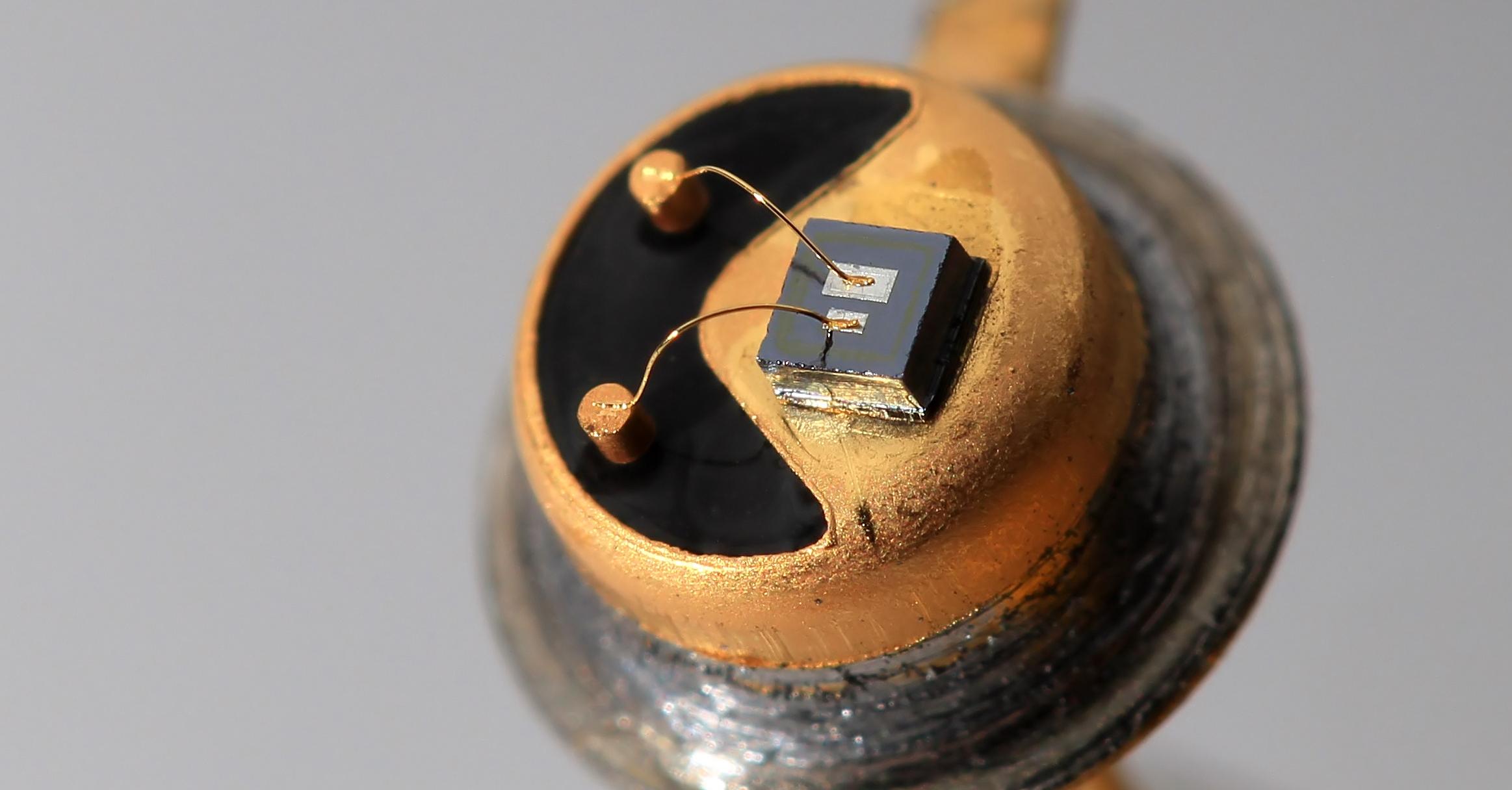Are you curious to know what is UJT? You have come to the right place as I am going to tell you everything about UJT in a very simple explanation. Without further discussion let’s begin to know what is UJT?
In the realm of semiconductor devices, the Unijunction Transistor (UJT) stands as a distinctive semiconductor device with unique characteristics and applications. Let’s delve into the essence, functionality, and significance of the UJT in the realm of electronics.
What Is UJT?
A Unijunction Transistor (UJT) is a three-terminal semiconductor device known for its specific voltage-controlled switching properties. It comprises a bar of lightly doped semiconductor material, typically made of silicon, with three terminals: emitter (E), base 1 (B1), and base 2 (B2).
Functionality And Operation:
- Intrinsic Properties: The UJT’s operation relies on the behavior of a semiconductor bar with a specific characteristic known as negative resistance. This unique property allows it to exhibit a decreasing resistance with an increase in voltage applied to the device.
- Operation as a Relaxation Oscillator: UJTs are often employed in relaxation oscillator circuits, generating sawtooth or square waveforms used in timing applications such as triggering circuits and time-delay circuits.
Structure And Characteristics:
- Emitter and Bases: The UJT has a single emitter terminal (E) and two base terminals (B1 and B2), with the emitter located near the center of the semiconductor bar and the base terminals placed at both ends.
- Interbase Resistance: The UJT exhibits a region of high resistance between its base terminals and a region of low resistance between the emitter and the base terminals, critical for its negative resistance characteristic.
Applications:
- Pulse and Timing Circuits: UJTs are integral components in circuits requiring precise timing, such as pulse generators, time-delay circuits, and oscillators due to their ability to produce precise waveforms.
- Switching and Control: They find use in voltage-controlled switches, allowing for control and triggering of other semiconductor devices or circuits.
You can collect more information on Getdailytech.
Limitations And Considerations:
- Limited Versatility: While UJTs offer unique characteristics for specific applications like oscillators and timing circuits, their usage might be limited compared to other semiconductor devices.
- Device Sensitivity: UJTs might exhibit sensitivity to temperature variations and manufacturing tolerances, requiring careful consideration in certain applications.
Conclusion:
The Unijunction Transistor (UJT) holds a niche yet significant place in the realm of semiconductor devices, offering unique negative resistance characteristics used in various timing, control, and switching applications. Despite its limitations, the UJT’s specific properties make it a valuable component in electronics, particularly in circuits where precise waveform generation and timing control are essential.
By harnessing the distinctive characteristics of the UJT, engineers and electronics enthusiasts continue to explore its applications, contributing to advancements in timing circuits, triggering mechanisms, and voltage-controlled devices within the expansive domain of electronics.
FAQ
What Is A UJT Used For?
The most common application of a unijunction transistor is as a triggering device for SCR’s and Triacs but other UJT applications include sawtoothed generators, simple oscillators, phase control, and timing circuits. The simplest of all UJT circuits is the Relaxation Oscillator producing non-sinusoidal waveforms.
What Is The Characteristics Of UJT?
It is also termed as PUT in most applications. A programmable unijunction transistor is a three-lead electronic semiconductor device which has similar characteristics of a transistor, except that its behavior can be controlled using external components, meaning it can be programmed.
What Is The Working Principle Of Uni Junction Transistor?
The voltage V1 between emitter and B1, establishes a reverse bias on the pn-junction and the emitter current is cut off, but a small leakage current flows from B2 to emitter due to minority charge carriers. Thus, the device is said to be in OFF state.
What Is UJT And Bjt?
UJT stands for Unijunction Transistor. BJT stands for Bipolar Junction Transistor. UJT is a three-terminal semiconductor switching device with only one junction. BJT is a three-terminal three-layer semiconductor device which can work as a switch as well as amplifier.
I Have Covered All The Following Queries And Topics In The Above Article
What Is Ujt
What Is Ujt Relaxation Oscillator
What Is Ujt And Its Working
What Is Ujt In Electronics
Apart From Triggering The Scr What Is The Use Of Ujt
What Is Ujt Transistor
What Is Valley Point In Ujt
Apart From Triggering The Scrs, What Is The Use Of Ujt?
What Is The Equivalent Circuit Of Ujt
What Is The Equivalent Circuit Of Ujt?
What Is Ujt In Hindi
Apart From Triggering The Scrs What Is The Use Of Ujt
What Is Ujt










